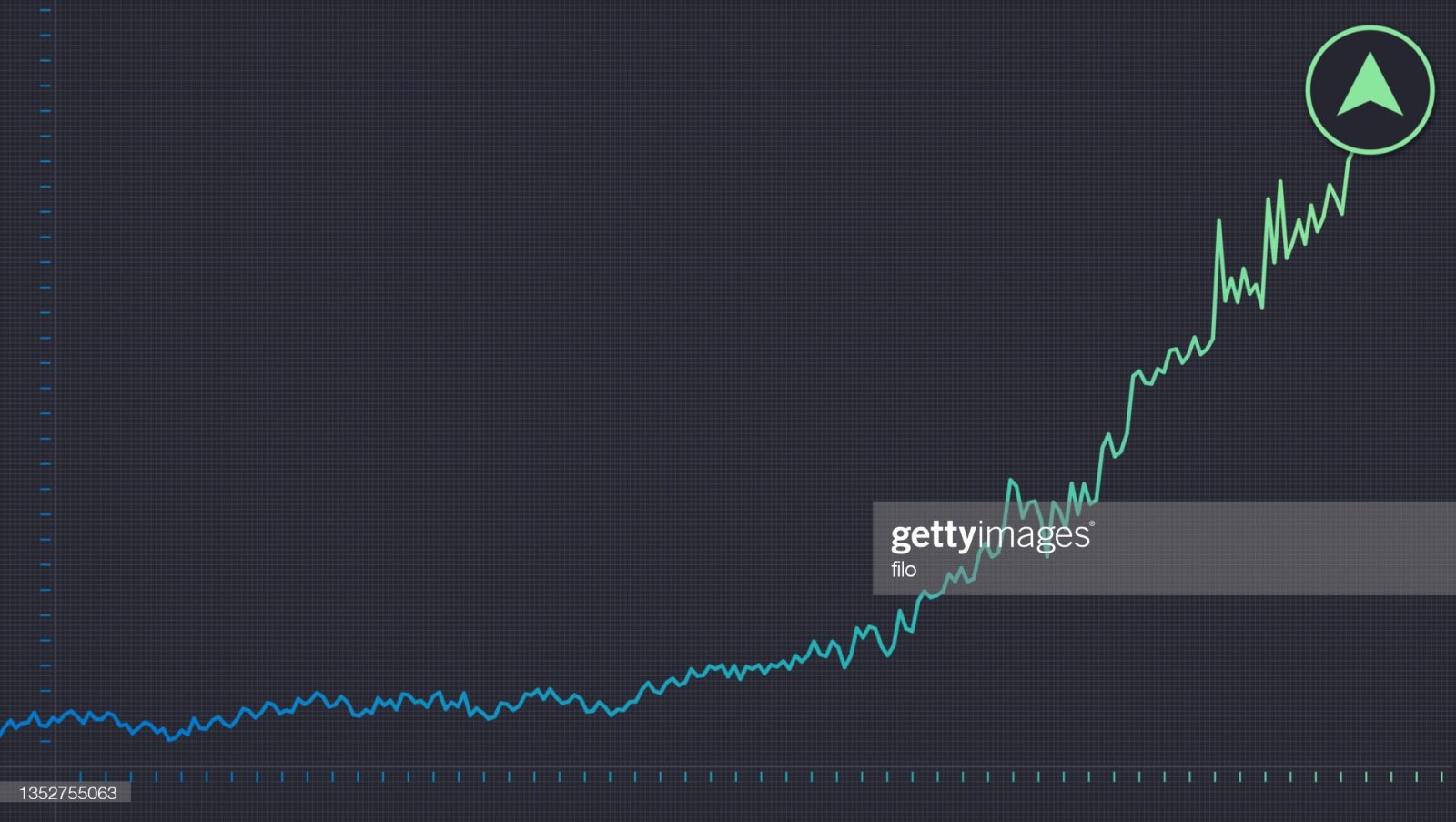
The utility of a cryptocurrency can influence its value. This may be achieved by creating decentralized applications, accepting the currency as a payment option, or by promoting it in media coverage. For example, cryptocurrency gift cards may increase in utility if more people can use them. Additionally, the value of a cryptocurrency may decrease if multiple people hold it. Various factors can affect a cryptocurrency’s value, including its popularity in media and social media and its limited supply.
Supply and demand
Supply and demand for cryptocurrency value is determined by a number of factors. For example, the value of bitcoin increases when demand is higher than the supply. Similarly, the price of grains and produce rises when a drought hits the area. In the same way, cryptocurrencies appreciate in value when demand increases faster than supply. But what exactly causes cryptocurrency prices to rise and fall? The following are some of the most significant factors affecting the value of cryptocurrencies.
In most cases, supply and demand balance a market. If the market is stable, volatility is eliminated and equilibrium is reached. However, cryptocurrencies are new, and are further away from equilibrium than long-established markets. Therefore, high volatility in the crypto market raises the stakes for traders. Rapidly moving markets present higher risks for traders but higher rewards as well. So, it is imperative to understand how the price of cryptocurrency fluctuates.
Lack of regulation
Many investors refer to the cryptocurrency market as the “wild west” because of its lack of centralized power structures. Because of this, the cryptocurrency market can be unpredictable, with wild swings in valuation. Many investors also view regulations as a way to slow the explosive growth of the industry, and may react aggressively when new rules and regulations are implemented. In other words, regulation could reduce the value of the currency. But in the meantime, cryptocurrency markets are likely to remain volatile until more government and regulatory oversight is in place.
Cryptocurrency value is heavily based on speculation and optimism, so any drastic changes to policy can affect the value of the asset. The good news is that most regulations have only recently been implemented, so their impact is still relatively small. Despite this, they do offer an opportunity to stabilize the market. In many cases, cryptocurrencies are a great vehicle for this. Regulators can ensure that they don’t drive prices too high by limiting buying and selling actions.
Limited supply
A limited supply of a cryptocurrency keeps the price high. This characteristic makes the cryptocurrency more attractive to investors. Bitcoin is the most popular example of a limited supply cryptocurrency, and has started replacing fiat currencies. In fact, in some countries, such as El Salvador, it has become legal tender. A Bitcoin has a maximum market supply of 21 million coins. This makes it valuable for speculators and investors alike. In addition, a limited supply makes a cryptocurrency volatile and appealing to traders.
As of August 2021, one block will be worth 6.25 Bitcoin. Then, this number will halve every four years until the year 2140. After that, there will be no new Bitcoin. Once the block limit is reached, transactions will have a permanent value. By this time, the currency’s value will be held in the transactions that have been completed. Furthermore, there will be no new Bitcoin. This is far beyond the lifespan of most people in the world today.
Node count
Node count is a measure of the number of active wallets in a network. A high number indicates a strong community, a factor which influences the value of a cryptocurrency. In addition, a high node count means that the network is decentralised, which is a key factor in the value of a cryptocurrency. The node count can be obtained by searching for a currency’s name on Google or looking at its home page.
The number of bitcoin nodes is constantly fluctuating, and a 60-day chart reveals a significant drop since the beginning of the year. In early March, the number of reachable nodes was over ten thousand. It fluctuated from about eight thousand to under 7,000 on the first day of May. The fluctuation indicates that some users turn off their machines in the evening, meaning that the network will continue to decrease. Likewise, a percentage of users running nodes are desktops.
Production cost
Bitcoin is falling below its production cost as the price of the digital currency drops further. The crypto market has taken a sharp turn in June. It is estimated that Bitcoin’s price has fallen to $20,260 per BTC, which is below its production cost. However, the production cost of bitcoin historically acted as a floor for the market price. As the bitcoin price continues to fall below $50,000, the mining community should be careful and not sell off their assets.
The decline in production cost is expected to boost the profitability of miners and reduce the pressure on them to sell off their holdings and deleverage their businesses. Some market commentators believe that Bitcoin’s production cost could be viewed as the lower limit of the bear market. Its recent decline is attributable in part to the changing macroeconomic landscape, as the cryptocurrency fell over five-fold in the second quarter of this year. Meanwhile, the collapse of two crypto lending platforms, Celsius and Terra, pushed the asset’s decline even further.
















